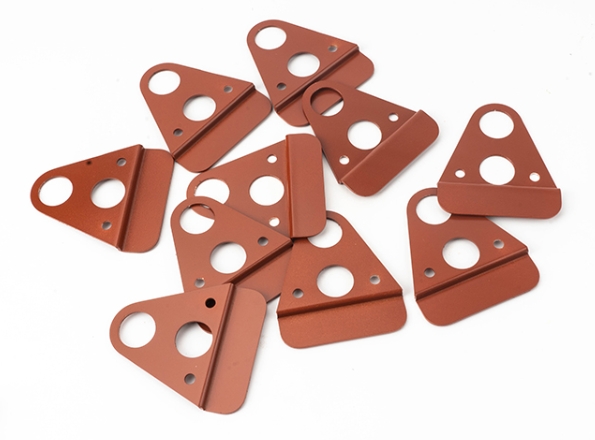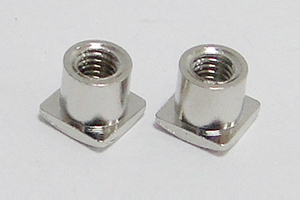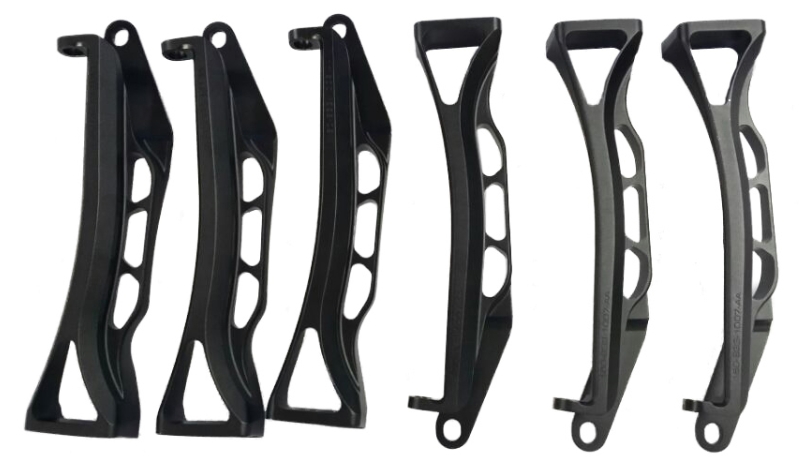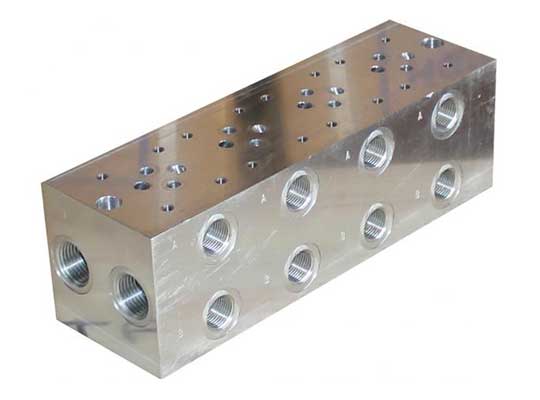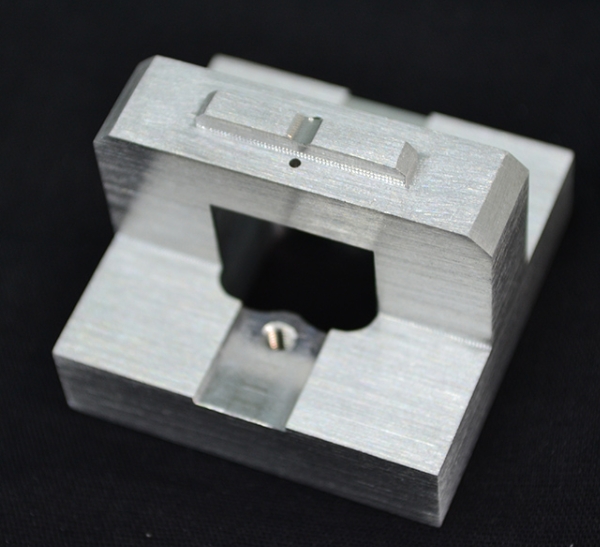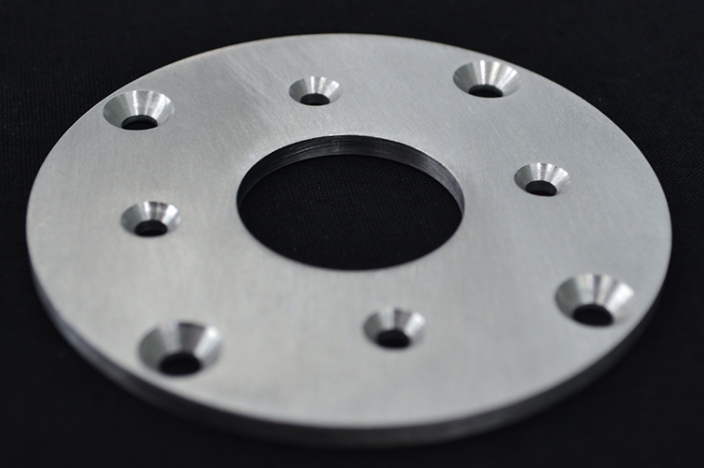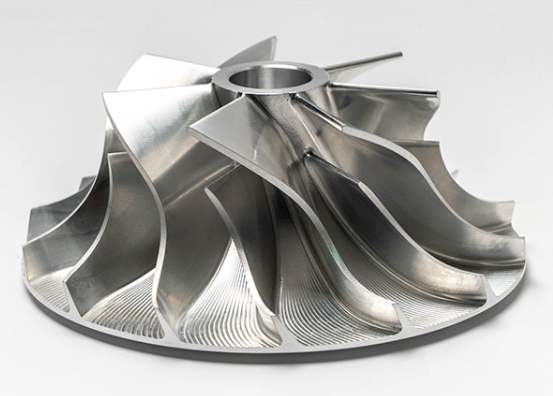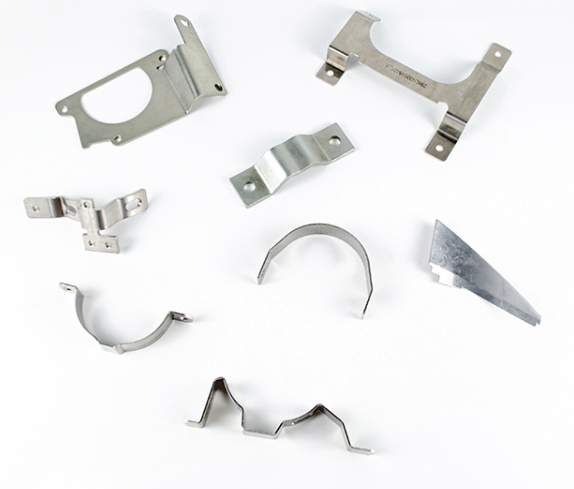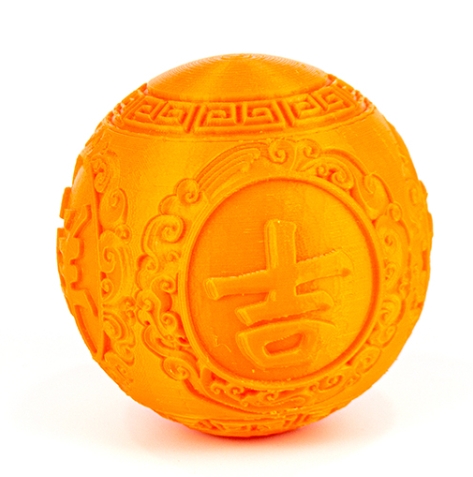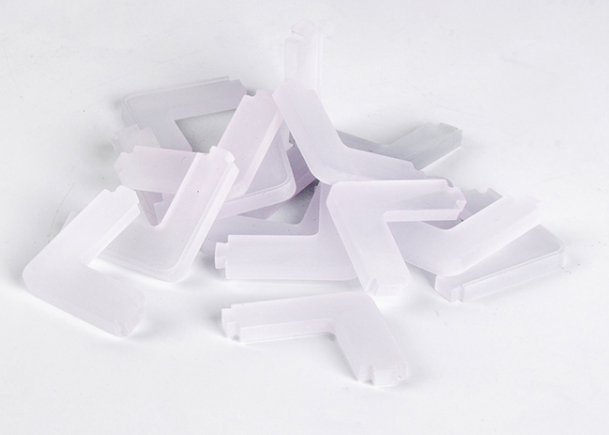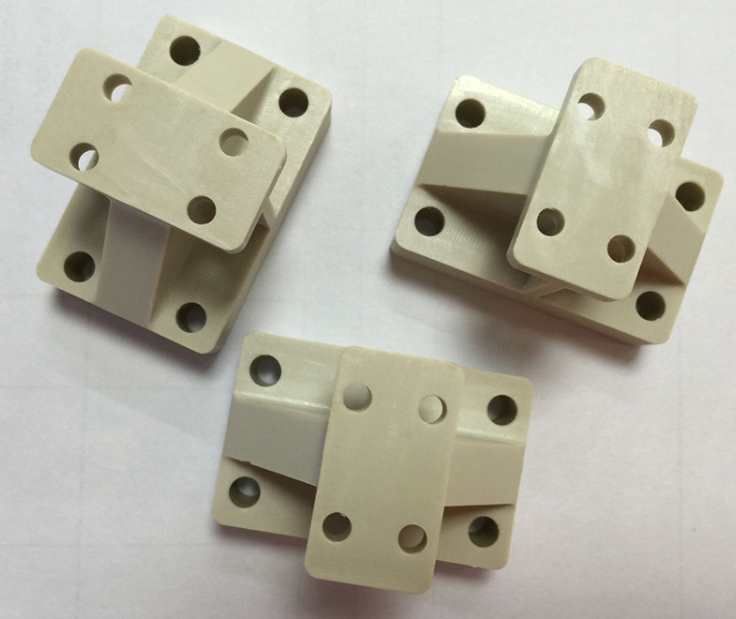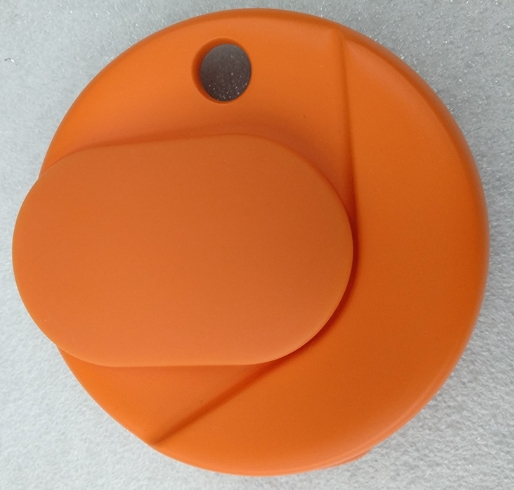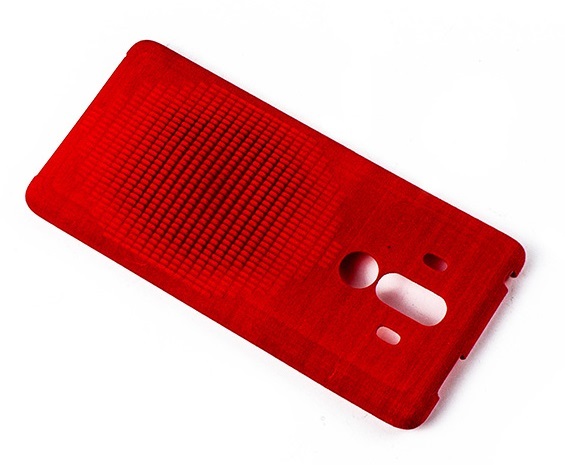What Are Application Fields of Prototype Models? Una guida completa per gli sviluppatori di prodotti
Modelli prototipo, noto anche come modelli di rastrello, Le repliche fisiche sono create durante lo sviluppo del prodotto per verificare i progetti, Funzioni di test, e valutare le esperienze degli utenti. Non sono solo "pezzi di prova", ma svolgono un ruolo decisivo nel ridurre i rischi di sviluppo, Accelerare il lancio del mercato, e migliorare i tassi di successo del prodotto. Dall'elettronica di consumo utilizziamo quotidianamente alle apparecchiature aerospaziali ad alta precisione, […]
